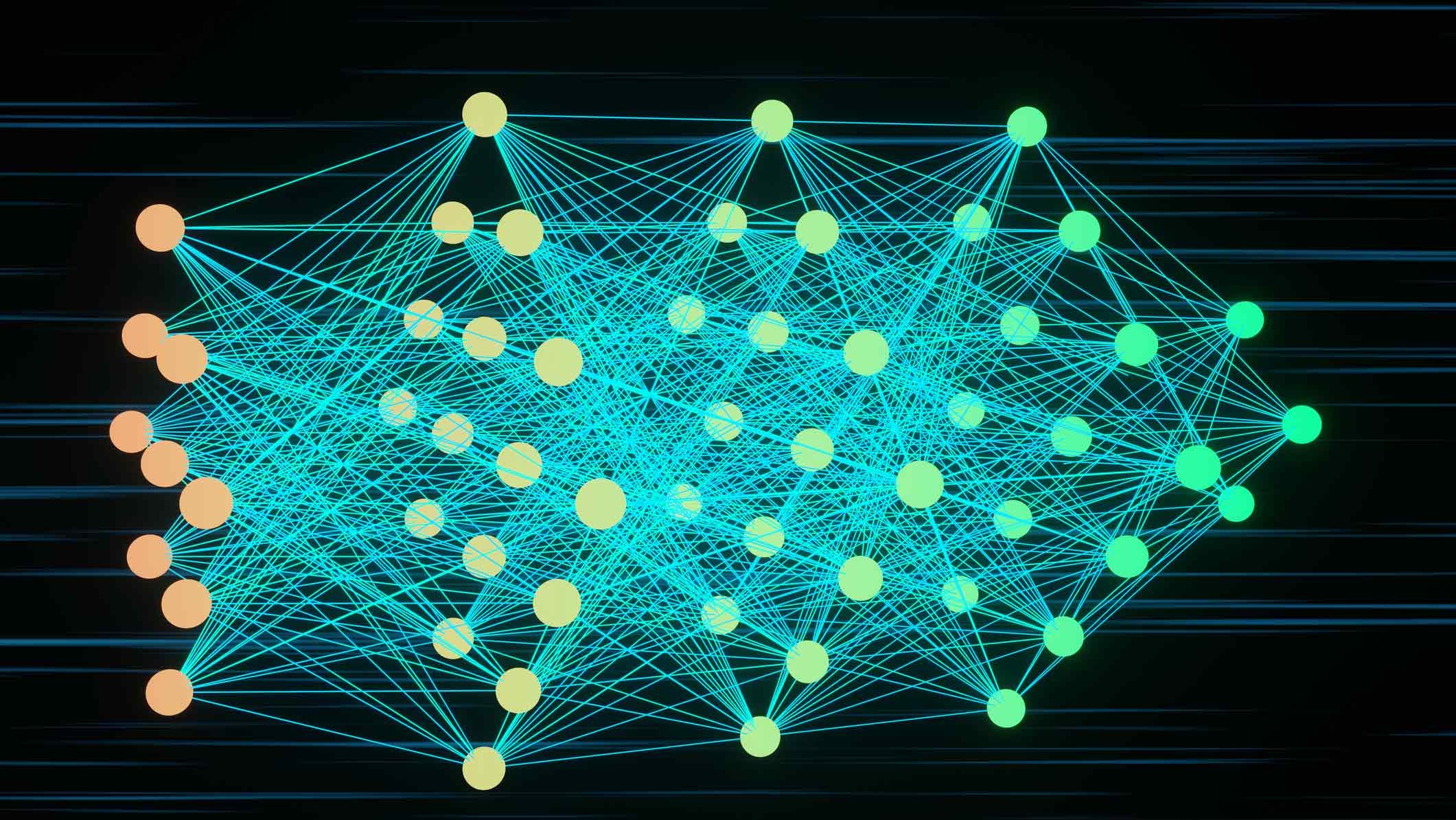Understanding the Mechanisms of Life UCSB Awarded $1.75 Million by W. M. Keck Foundation To Film Protein Molecules in Action
The W. M. Keck Foundation has awarded UC Santa Barbara a $1.75 million grant to support a pioneering multidisciplinary research initiative to understand the motion of proteins, the molecular machines that enable life.
"The scientific discovery and knowledge that are likely to emerge from the proposed research will make a quantum leap toward understanding the molecular mechanisms of life processes," said UCSB Chancellor Henry T. Yang.
"UCSB is grateful to the Keck Foundation for its generous support for this ambitious endeavor."
Every function in a living cell depends on proteins.
Although scientists know a great deal about the molecular structure and function of proteins—which include such specialized forms as hemoglobin molecules for oxygen transport, antibodies for immune defense, and enzymes for metabolism—how they perform critical biological processes remains a mystery.
"In order to understand how a machine functions, you want to somehow watch it move, which is extremely challenging with a machine as tiny as a protein," said Mark Sherwin, a UCSB experimental physicist and leader of the Keck research project, which involves scientists and engineers from UCSB and Florida State University (FSU).
Existing protein "cameras" are insensitive to motions on time scales that are critical to the proteins' biological function.
"We believe that ‘filming' proteins in action using our free-electron lasers will make singular contributions to the understanding of life itself, specifically the molecular machinery that underlies life's processes," said Sherwin, who is also director of UCSB's Institute for Quantum and Complex Dynamics.
The Keck grant will be used to build a high-frequency, high-powered electron spin resonance and absorption apparatus using terahertz-frequency electromagnetic radiation generated by sources unique in the world—UCSB's free-electron lasers. The innovative apparatus will be housed in UCSB's new Terahertz Dynamics Laboratory.
"These are the only free-electron lasers entirely dedicated to the underserved portion of the electromagnetic spectrum between 0.1 and 10 terahertz," Sherwin explained.
One terahertz is 1000 times higher in frequency than the clock speed on a 1 gigahertz computer, and about 1000 times lower in frequency than visible light.
"No other sources of electromagnetic radiation can deliver the high-power, finely-tunable terahertz pulses, which are necessary to accomplish the task of recording rapid motions of proteins in their natural environment," noted Sherwin.
Proteins do most of their work when dissolved in water or when embedded in cell membranes.
"The basic science of understanding and being able to visualize protein motion would elucidate one of the real mysteries of life," said Sherwin.
In addition to its fundamental scientific significance, discovering the mechanisms of protein function would provide tangible benefits to society.
For example, it would facilitate the engineering of new proteins to perform new functions, or illuminate the reaction of proteins with therapeutic drugs.
Other UCSB researchers involved in the project are physicist S. James Allen, molecular biophysicist Kevin W. Plaxco, biochemist Song-I Han, electrical engineer Mark Rodwell, applied physicist Elliott Brown, and experimental cosmologist Phil Lubin.
Louis Claude Brunel and Johan van Tol, scientists at the National High Magnetic Field Laboratory at FSU, are also collaborating on the project.
"This is a diverse team of exceptional scientists and engineers who have the complementary skills necessary for this project—and each person on the team is also fun to work with," said Sherwin.
Based in Los Angeles, the W. M. Keck Foundation was established in 1954 by the late W. M. Keck, founder of the Superior Oil Company. The foundation's grant making is focused primarily on pioneering efforts in the areas of medical research, science, and engineering. The foundation also maintains a Southern California Program that supports organizations providing civic and community services, health care, early childhood and pre-college education, and arts and cultural enrichment.



